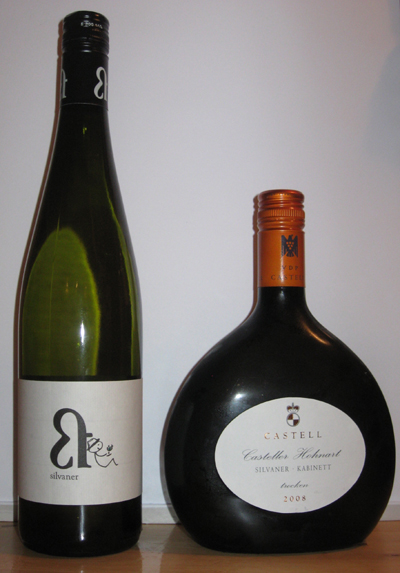Salwey, Oberrotweiler Kirchberg "RS", Spätburgunder, 2004
Deep, but transparent cherry red, going brown around the edge.
Wonderful mature pinot smell, wet forest floor, plum juice, quite dense and so seductive.
Dense, but also transparent fruit, salty mineral flavours, noticeable, but by now perfectly integrated oak. It ends like a great lunch, with chocolate and coffee notes.
Excellent, a real pleasure to smell and drink.
This was my second-to-last bottle, and I didn't enjoy the previous ones nearly as much. Maybe my palate is adjusting more and more to the lighter, more elegant style of Spätburgunder (possible), or else this wine has just reached the drinking age that brings out its very best (also possible, four to six years being generally a good age to drink the better german pinots at, in my humble experience).



